How to Collect Postcards: Tips for Starting and Building a Postcard Collection
Collecting postcards is a fascinating and rewarding hobby that has been around for centuries. It is a way of preserving history, culture, and memories in a small piece of paper. Collectors can choose from a wide range of themes, from vintage travel postcards to modern art postcards. However, starting a postcard collection can be overwhelming, especially for beginners.
Why Collect Postcards?
Postcards are not only a piece of paper with an image on it; they are a form of communication that captures a moment in time. They offer a glimpse into the past and provide a unique perspective on history and culture. Collecting postcards is a way of preserving this history and sharing it with others. It is also an excellent way to learn about different places, people, and events.
How to Start a Postcard Collection
Starting a postcard collection is easy and affordable. Here are some tips to get you started:
- Choose a theme or topic that interests you
- Decide on a budget
- Visit antique shops, flea markets, and online marketplaces
- Join a postcard club or community
- Learn about postcard grading and condition
Building Your Postcard Collection
Building a postcard collection takes time and patience. Here are some tips to help you expand your collection:
- Attend postcard shows and exhibitions
- Connect with other collectors and dealers
- Explore different themes and eras
- Consider investing in rare or unusual postcards
- Keep your collection organized and well-preserved
Overall, collecting postcards is a fun and rewarding hobby that offers a unique perspective on history and culture. Whether you are a beginner or an experienced collector, there is always something new to discover in the world of postcards.
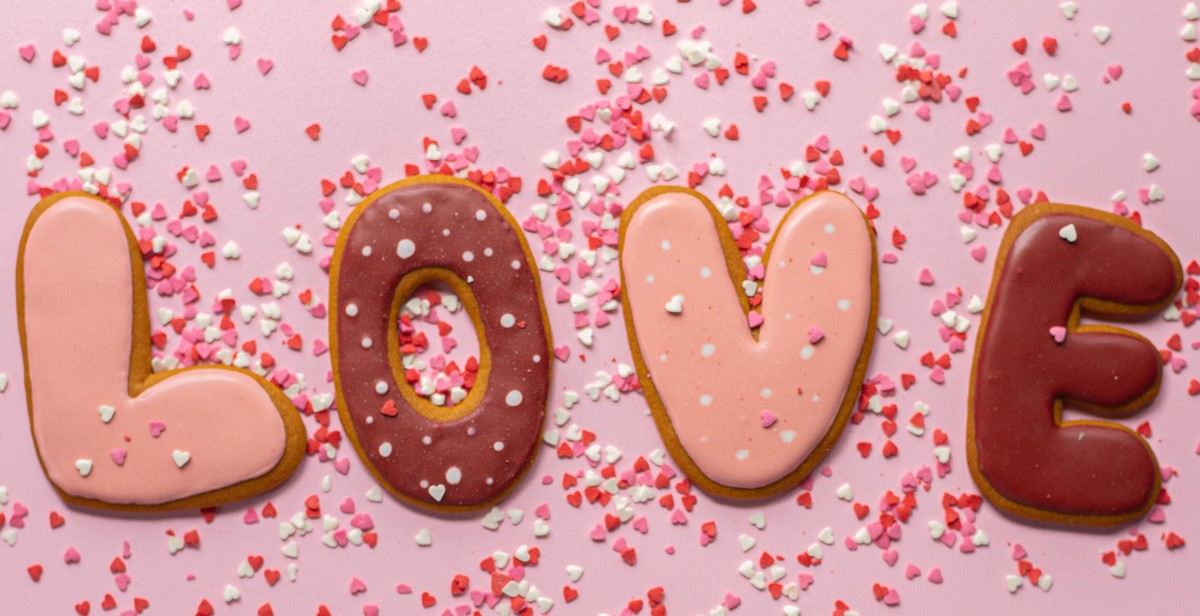
Why Collect Postcards?
As a postcard collector for over a decade, I can attest to the many reasons why collecting these small pieces of paper can be so rewarding. Here are just a few:
Personal Connection
Postcards offer a unique glimpse into the past and can provide a personal connection to history. For example, I have a postcard from my great-grandfather who served in World War I. It’s a small piece of paper, but it tells a powerful story about my family’s history and the sacrifices made by previous generations.
Historical Significance
Postcards can also be valuable historical artifacts. They offer a snapshot of a particular time and place, and can provide insight into cultural and societal norms. For example, a postcard from the early 1900s might depict a bustling city street, providing a glimpse into daily life at that time.
Artistic Value
Postcards can also be appreciated for their artistic value. Many postcards feature beautiful illustrations or photographs, and can be considered works of art in their own right. Some collectors even specialize in collecting postcards from a particular artist or illustrator.
Overall, collecting postcards can be a fascinating and rewarding hobby. Whether you’re drawn to the personal connections, historical significance, or artistic value of postcards, there’s no denying that these small pieces of paper hold a unique place in our cultural history.
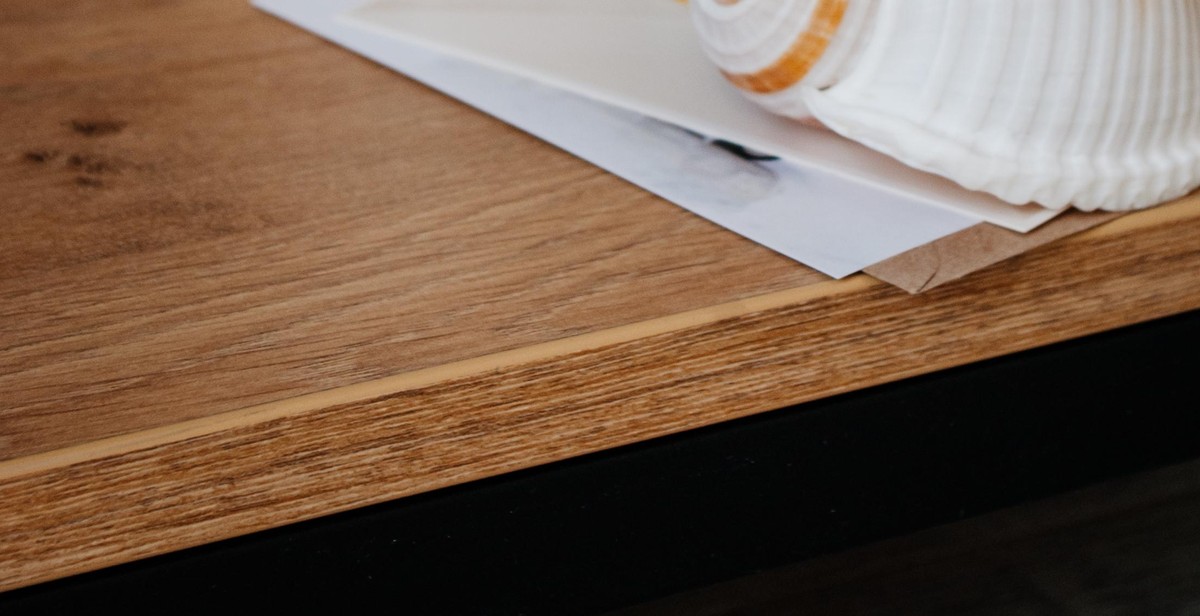
Getting Started with Postcard Collecting
Postcard collecting can be a fun and rewarding hobby for people of all ages. Whether you are a seasoned collector or just starting out, there are a few things to consider before building your collection.
Identify Your Interests
First, identify your interests. Postcards come in a variety of themes, including travel, art, history, and culture. Decide which themes you are most interested in and focus your collection on those areas.
Set a Budget
Postcards can range in price from a few cents to thousands of dollars, depending on their rarity and condition. Set a budget for your collection to ensure you don’t overspend. Consider starting with less expensive postcards and gradually working your way up to more valuable ones.
Choose a Focus
Once you have identified your interests and set a budget, choose a focus for your collection. For example, you may want to collect postcards from a specific location or time period. This will help you narrow down your search and make it easier to find postcards that fit your collection.
Decide on a Storage Method
It’s important to store your postcards properly to ensure their longevity. Choose a storage method that works for you, such as a postcard album or a protective sleeve. Keep your postcards out of direct sunlight and away from moisture to prevent damage.
- Identify your interests
- Set a budget
- Choose a focus
- Decide on a storage method
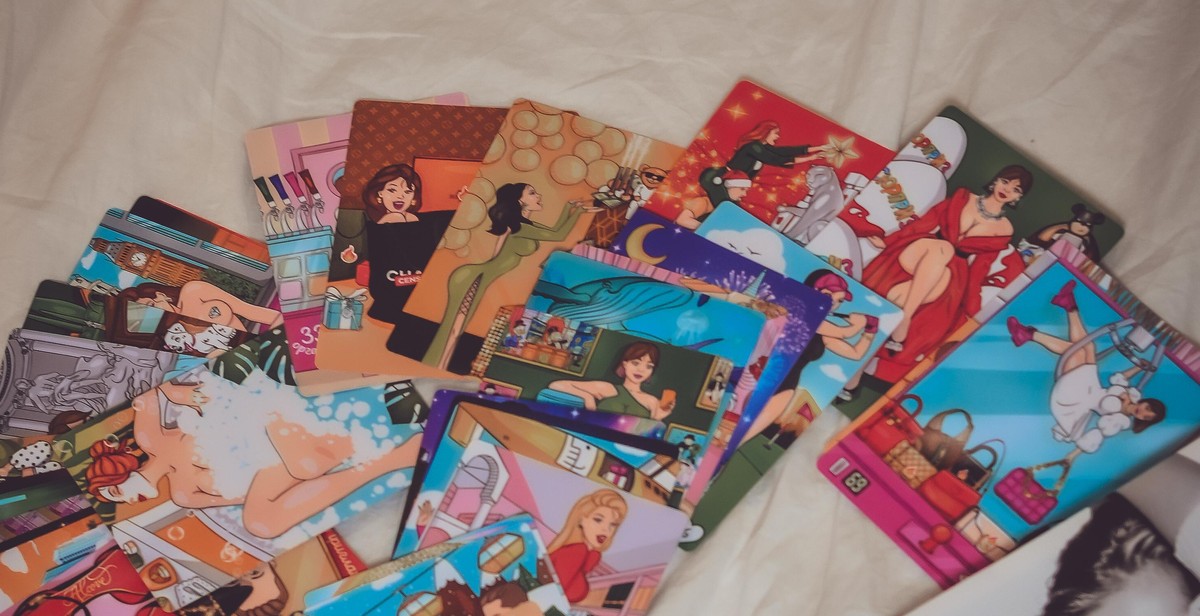
Finding Postcards to Collect
One of the most exciting parts of starting a postcard collection is finding new and unique postcards to add to your collection. Here are some places to look:
Online Marketplaces
Online marketplaces like eBay, Etsy, and Amazon are great places to find postcards from all over the world. These marketplaces have a wide variety of postcards available, from vintage to modern, and you can often find rare and unique postcards that are not available anywhere else.
Antique Shops and Flea Markets
Antique shops and flea markets are great places to find vintage postcards. You can often find postcards that are not available anywhere else, and the prices are usually reasonable. Be sure to take your time and browse through the selection, as you never know what you might find.
Estate Sales and Auctions
Estate sales and auctions are great places to find postcards from a specific time period or location. You can often find postcards that are not available anywhere else, and the prices are usually reasonable. Be sure to check the condition of the postcards before you buy, as some may be damaged or faded.
Postcard Shows and Conventions
Postcard shows and conventions are great places to meet other postcard collectors and find new postcards to add to your collection. These events are held all over the world, and you can often find rare and unique postcards that are not available anywhere else. Be sure to check the event schedule and plan your visit accordingly.
| Source | Pros | Cons |
|---|---|---|
| Online Marketplaces | Wide variety, rare and unique postcards available | May not be able to inspect postcards before purchase |
| Antique Shops and Flea Markets | Vintage postcards available, reasonable prices | May not be able to find specific postcards |
| Estate Sales and Auctions | Specific time period or location postcards available, reasonable prices | May not be able to inspect postcards before purchase |
| Postcard Shows and Conventions | Rare and unique postcards available, opportunity to meet other collectors | May require travel and admission fees |
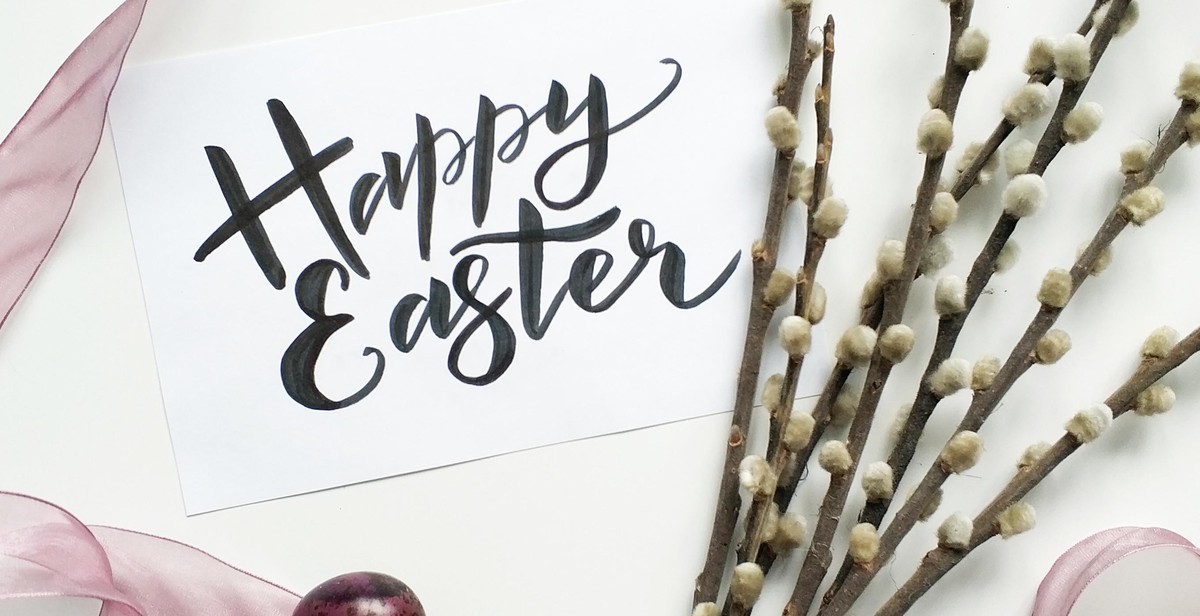
Assessing the Condition of Postcards
When collecting postcards, it’s important to assess their condition to determine their value and potential for future investment. Here are some key factors to consider:
Identifying Damage
Postcards can suffer damage from a variety of sources, including handling, storage, and environmental factors. Common types of damage include:
- Bent corners or edges
- Creases or folds
- Stains or discoloration
- Tears or rips
- Writing or markings
When examining postcards, look for signs of these types of damage. Minor damage may not significantly impact the value of the postcard, but extensive damage can greatly reduce its worth.
Determining Value
The value of a postcard depends on a variety of factors, including its rarity, age, and condition. To determine the value of a postcard, consider the following:
- Age: The older the postcard, the more valuable it may be.
- Rarity: Postcards that are hard to find or part of a limited edition may be worth more.
- Condition: Postcards in excellent condition are generally worth more than those with significant damage.
- Subject matter: Postcards featuring popular topics or historical events may be more valuable.
To get an accurate idea of a postcard’s value, consider consulting with a professional appraiser or researching recent sales of similar postcards. Keep in mind that the value of a postcard can fluctuate over time, so it’s important to regularly reassess your collection.
| Rating | Description |
|---|---|
| Mint | Postcard is in perfect condition with no signs of damage. |
| Near mint | Postcard is nearly perfect with only minor signs of wear. |
| Very good | Postcard may have some minor damage, but is still in good overall condition. |
| Good | Postcard has some noticeable damage, but is still in acceptable condition. |
| Fair | Postcard has significant damage and may not be suitable for collecting. |

Building and Organizing Your Postcard Collection
Collecting postcards is a fun and rewarding hobby, but as your collection grows, you’ll need to find ways to organize and display your cards. Here are some tips for building and organizing your postcard collection:
Displaying Your Collection
One of the best ways to enjoy your postcard collection is to display it. There are many ways to do this, depending on your personal style and the size of your collection.
- Albums: Postcard albums are a popular choice for collectors. They come in a variety of sizes and styles, and allow you to easily flip through your collection.
- Frames: If you have a few favorite postcards, consider framing them and hanging them on your wall. This is a great way to showcase your collection and add some color to your home.
- Displays: If you have a large collection, consider creating a display. You can use shelves, shadow boxes, or even a custom-built cabinet to showcase your cards.
Cataloging Your Collection
As your postcard collection grows, it’s important to keep track of what you have. This will help you avoid buying duplicates and make it easier to find specific cards when you want to show them off. Here are a few ways to catalog your collection:
- Spreadsheet: Create a spreadsheet with columns for the postcard’s title, date, location, and any other relevant information.
- Database: If you have a large collection, consider using a database program like Microsoft Access to keep track of your cards.
- Albums with pockets: Some postcard albums come with pockets that allow you to label and categorize your cards.
Organizing your postcard collection can be a fun and creative process. Whether you choose to display your cards or keep them neatly cataloged in albums, taking care of your collection will ensure that it brings you joy for years to come.
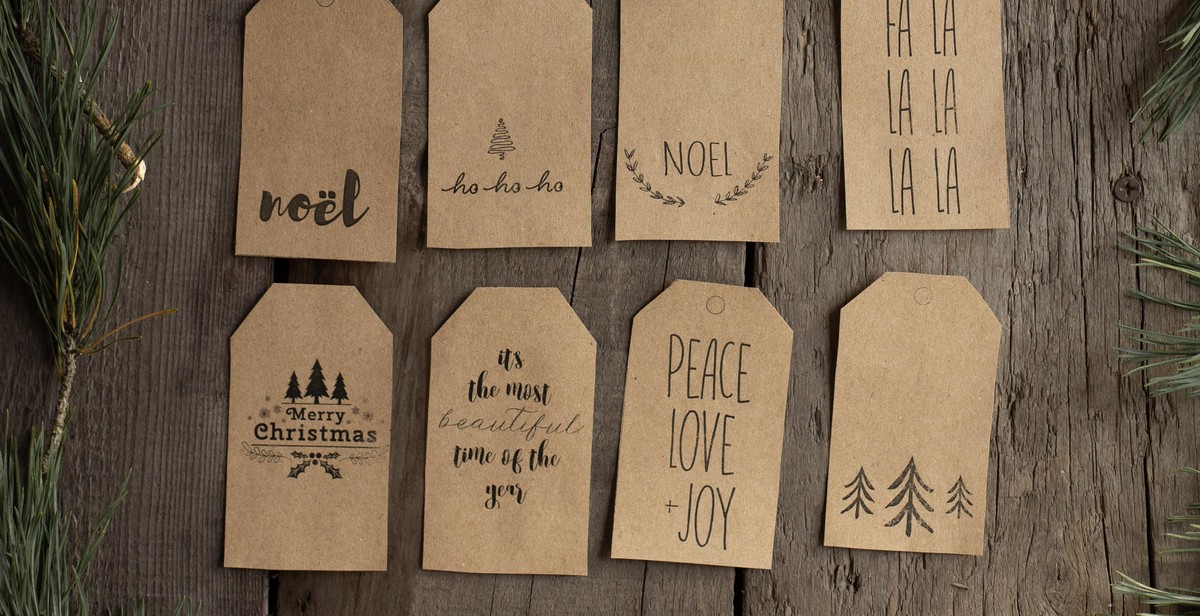
Conclusion
Starting and building a postcard collection is a fun and rewarding hobby that can bring joy for years to come. Whether you are drawn to vintage postcards, postcards from your travels, or a specific theme or topic, there are many ways to collect and display your postcards.
Tips for Collecting Postcards
- Start by deciding on your focus or theme for your collection.
- Research postcard dealers and shows to find unique and rare postcards.
- Join a postcard club or online community to connect with other collectors.
- Always handle your postcards with care and store them in acid-free sleeves or albums.
Ways to Display Your Postcards
- Create a dedicated display area in your home or office.
- Frame your favorite postcards and hang them on the wall.
- Use postcards to decorate a bulletin board or scrapbook.
Final Thoughts
Collecting postcards is a wonderful way to explore history, art, and culture while building a unique and personal collection. With these tips and a little bit of patience and dedication, you can start and grow a collection that will bring joy and inspiration for years to come.
